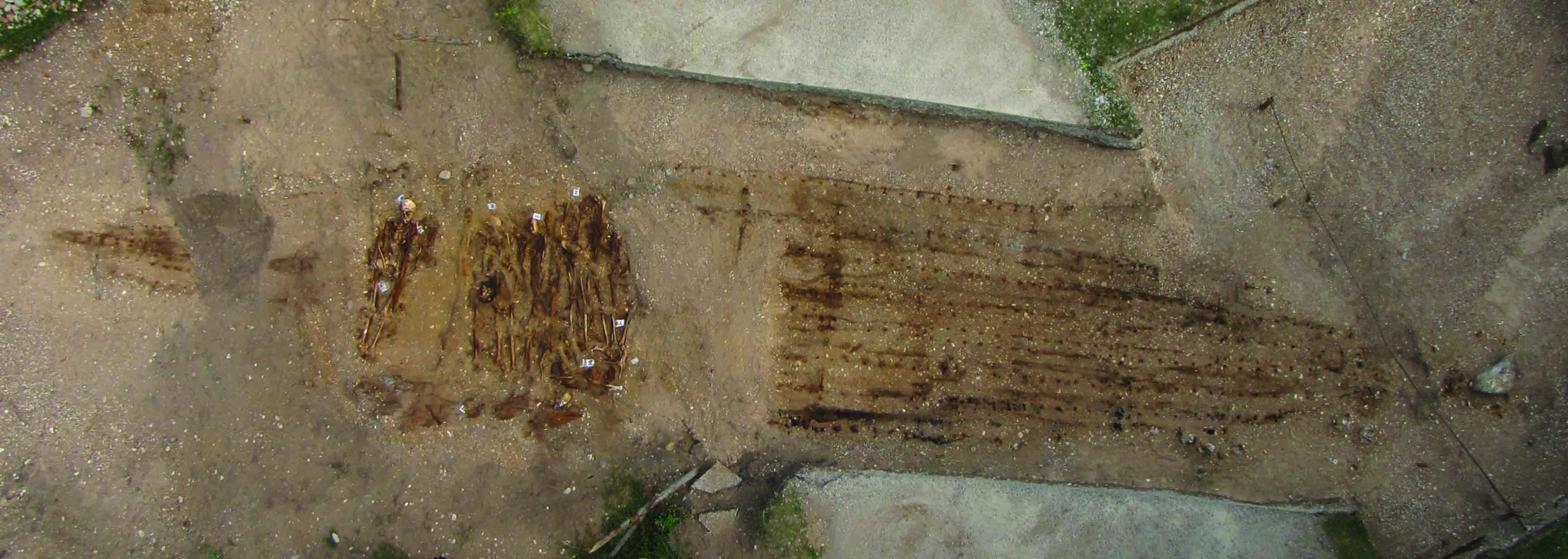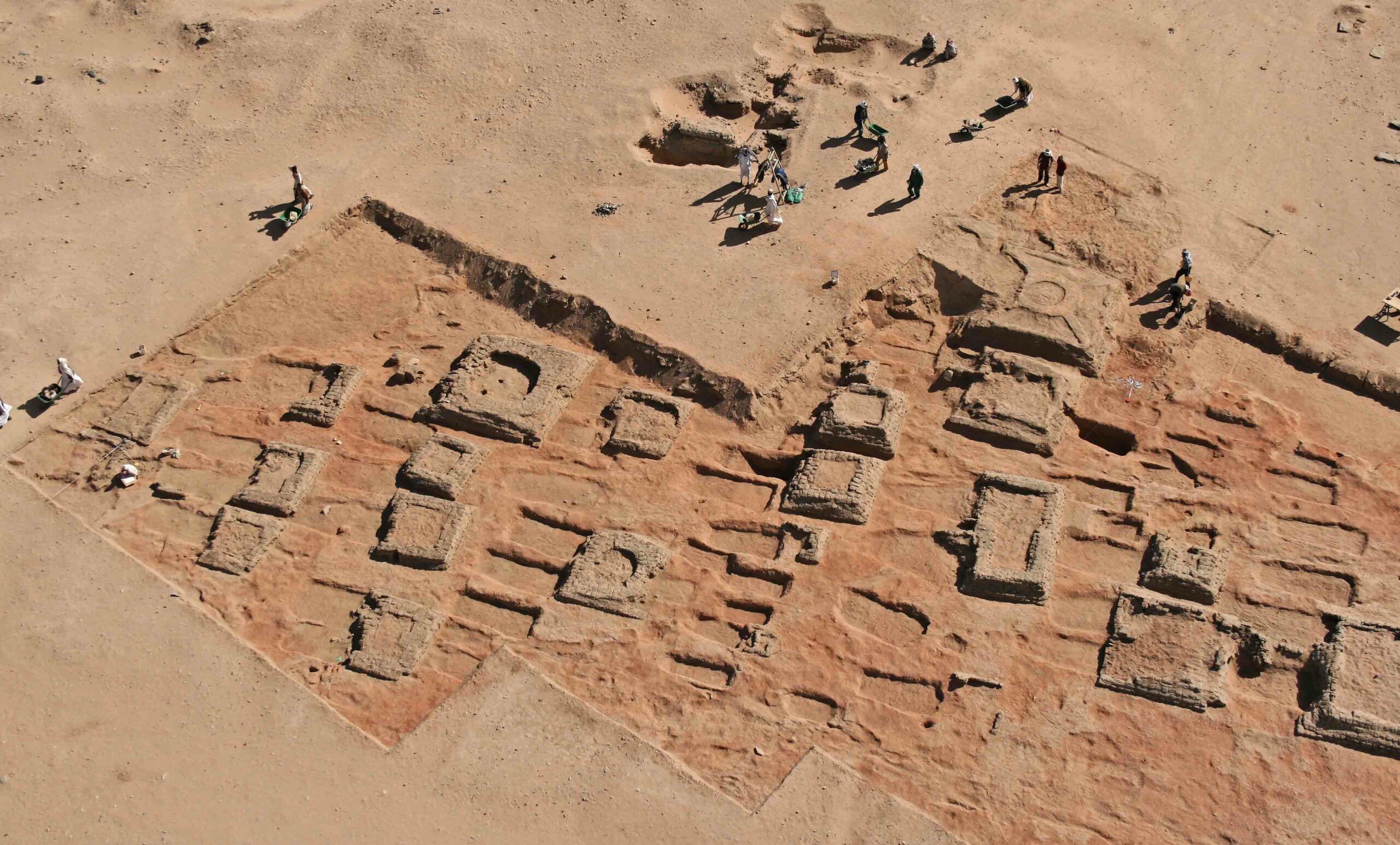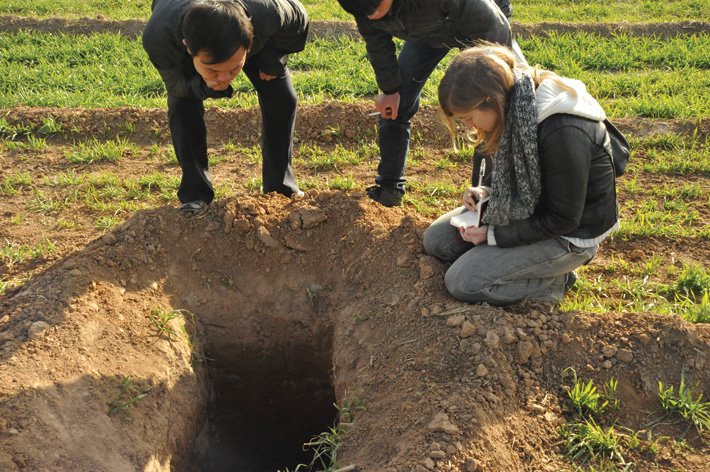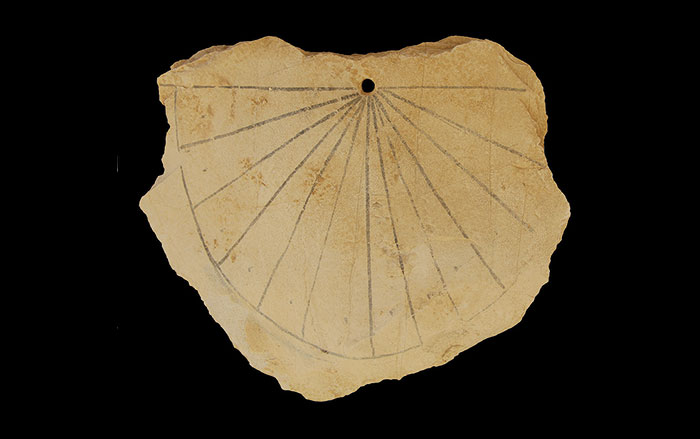KIANA, ALASKA—A village of underground houses connected by tunnels has been found in northern Alaska’s Kobuk Valley National Park by Doug Anderson of Brown University and his students. “In some other areas here we’ve found maybe two houses that are connected by tunnels, but nothing like this. And in other areas those houses are really quite small compared to the houses here; these are gigantic houses,” he said. As many as 200 people may have lived in the village from the late 1700s to early 1800s, just before contact was made with European explorers. The few metal artifacts and glass beads that have been found at the site may have come from trading with Asian peoples across the Bering Strait or other Alaskans from the interior. DNA from local people will be compared to DNA from human remains from the site. Dog remains suggest that the people lived closely with their canine companions.
Large Underground Village Uncovered in Alaska
News August 2, 2013
Recommended Articles
Off the Grid January/February 2026
Prophetstown, Indiana

Letter from France January/February 2026
Neolithic Cultural Revolution
How farmers came together to build Europe’s most grandiose funerary monuments some 7,000 years ago

Features January/February 2026
The Cost of Doing Business
Piecing together the Roman empire’s longest known inscription—a peculiarly precise inventory of prices

Features January/February 2026
The Birds of Amarna
An Egyptian princess seeks sanctuary in her private palace

-
Features July/August 2013
The First Vikings
Two remarkable ships may show that the Viking storm was brewing long before their assault on England and the continent
 Courtesy Liina Maldre, University of Tallinn
Courtesy Liina Maldre, University of Tallinn -
Features July/August 2013
Miniature Pyramids of Sudan
Archaeologists excavating on the banks of the Nile have uncovered a necropolis where hundreds of small pyramids once stood
 (Courtesy Vincent Francigny/SEDAU)
(Courtesy Vincent Francigny/SEDAU) -
Letter from China July/August 2013
Tomb Raider Chronicles
Looting reaches across the centuries—and modern China’s economic strata
 (Courtesy Lauren Hilgers, Photo: Anonymous)
(Courtesy Lauren Hilgers, Photo: Anonymous) -
Artifacts July/August 2013
Ancient Egyptian Sundial
A 13th-century limestone sundial is one of the earliest timekeeping devices discovered in Egypt
 (© The Trustees of the British Museum/Art Resource, NY)
(© The Trustees of the British Museum/Art Resource, NY)



